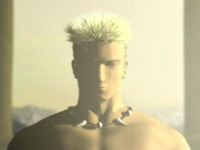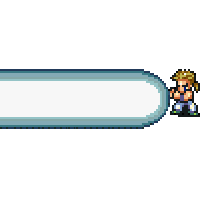

Balancing so many characters was a challenge, and as a result Celes and Kefka became much bigger characters than were initially planned. To make the characters even more distinct, their fighting styles and abilities were all made totally different as well. Instead of just being "ciphers for fighting, players would have more choice in what the characters would do, and how that would alter the narrative and invest the player more deeply in the story. During the game's development, the whole team contributed to the stories of the game's characters, which were then adjusted for consistency with the story by Kitase. Cut scenes of character interaction also feature simulated "camera movement", with a similar emotional effect found in movies.

And despite having a large cast of playable characters, the game is well known for its subtle revealing of character relationships and backstories over the length of the story. Kitase also believes that this approach with the game's characters is one of the game's lasting appeals.

In fact, one of the themes of the production was "everyone is the main character" according to Yoshinori Kitase, one of the game's two directors.

Ĭo-director Kitase wanted to create many characters that could stand up to be main characters and ensure the story did not revolve around one character, so each character could have something to bring to the table. She was to be like a "big sister" to Cyan and wield a whip, allowing the story to explore Cyan's vulnerability and private side. A character named Angela was developed and then cut from the game. While Amano drew most of the character artworks, monster designer and graphic director Tetsuya Nomura created the original designs and many story episodes for Shadow and Setzer Gabbiani, and field graphic designer Kaori Tanaka created the original designs of Edgar Roni Figaro and Sabin Rene Figaro. Final Fantasy VI was the first game of the series to feature character designers other than Yoshitaka Amano.


 0 kommentar(er)
0 kommentar(er)
